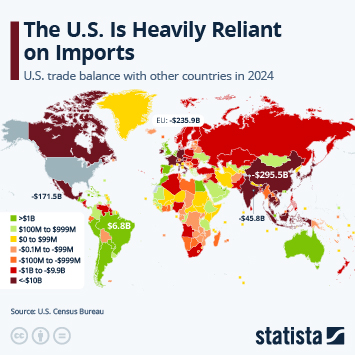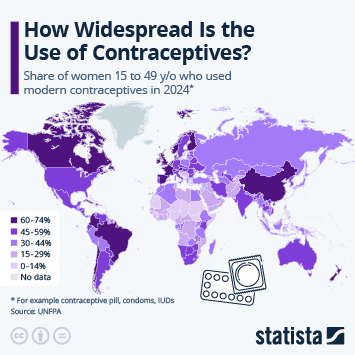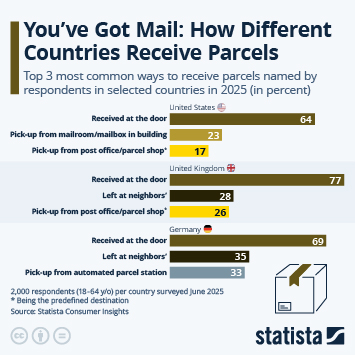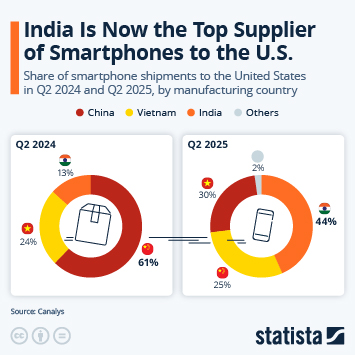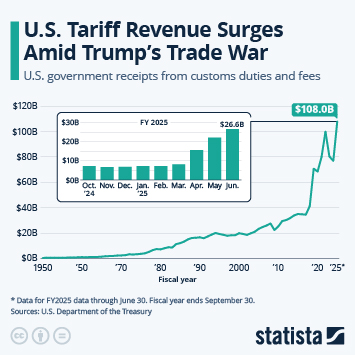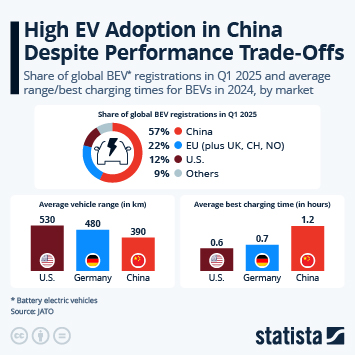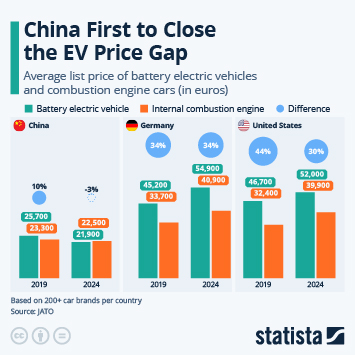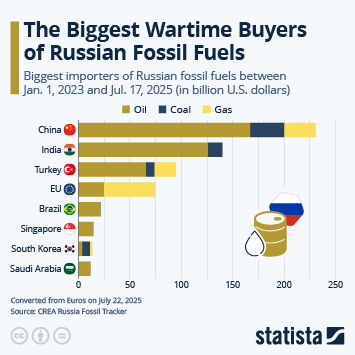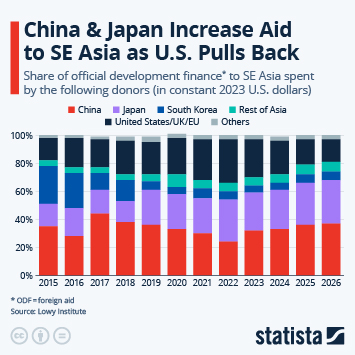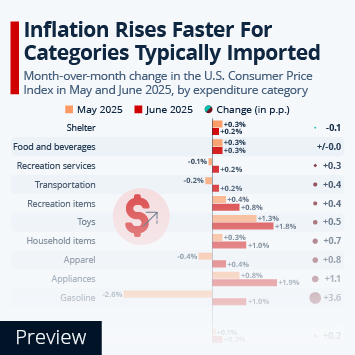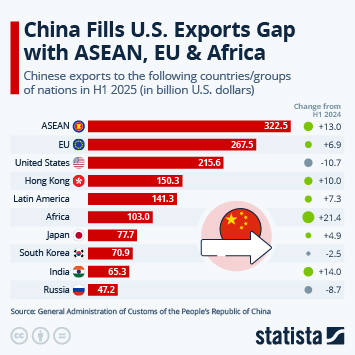Beijing has introduced new controls on the export of several critical minerals and magnets amid an escalating trade war with Washington. These materials are vital for the production of a range of technologies, from cars to missiles. According to the New York Times, exporters must apply to the Ministry of Commerce for special export licenses, with the process anticipated to be lengthy, risking stockpiles running low.
Data from the United States Geological Survey (USGS) shows that China is the world leader for rare earth reserves. With 44 Mt of known reserves of rare earth oxides (REO) in 2024, it is home to nearly half of the world’s total known reserves (90+ Mt). By contrast, the U.S. has just 1.9 million tonnes of rare earths and is highly dependent on China for imports of these elements. These figures reflect the reserves that could be economically extracted or recovered as of 2024.
Global mine production increased from 376,000 tonnes of REO equivalent in 2023 to 390,000 tonnes of REO equivalent in 2024, largely due to increased mining and processing in China, Nigeria and Thailand. This data includes lanthanides and yttrium but exclude most scandium.








